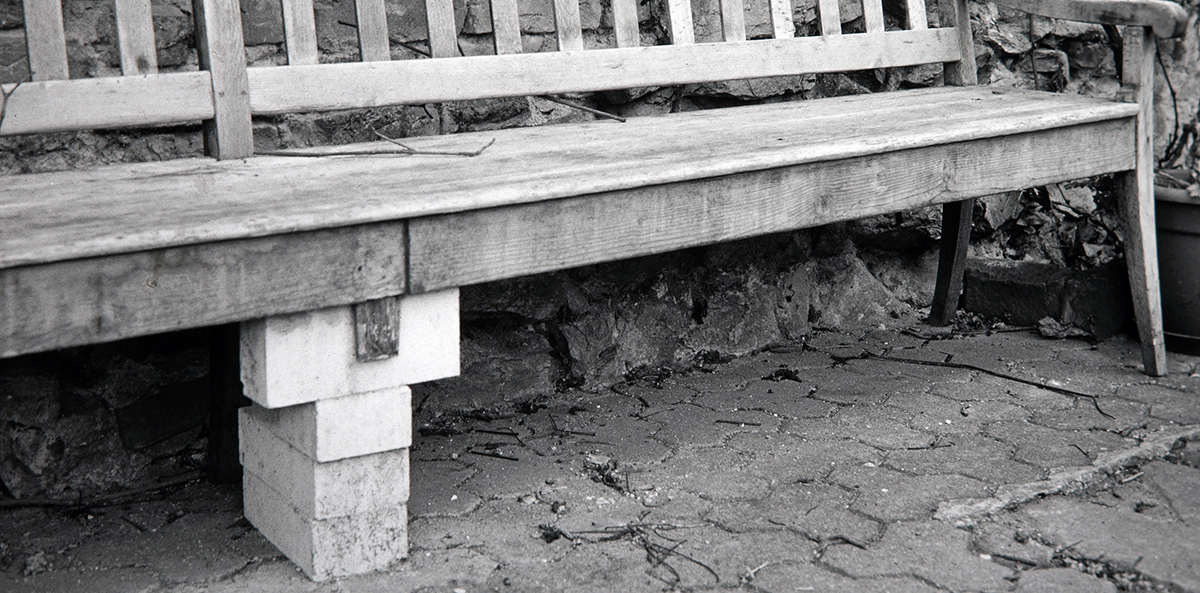A term that has been invented by Uta Brandes and Michael Erlhoff: “Non Intentional Design” describes what people do spontaneously and without any deliberate intention because they are faced with a sudden problem that they have or want to solve. NID refers to the use and conversion of many objects by people in their everyday lives. NID defies any norm, endows seemingly unambiguous objects with a variety of design options. It implies transformation and intelligent new functions. It arises from temporary situations of lacking something as well as from convenience or playfulness. It cuts costs and can reduce the overabundance of products. More often than not it is reversible or the used-up product finds a new and final purpose.
NID is about the use and “exploitation” of objects already defined: The chair (also) becomes a coat stand, a surface to put things on, a ladder, or by piling books on the seat a children’s chair. Paperclips are (also) suitable for cleaning fingernails. Magnets on the refrigerator turn it into a notice board. Steps are not just there to overcome differences in height, but (also) also serve as seats and ramps for skaters. Jam jars accommodate pens and biros … the possibilities are endless.
Products and spaces, which – according to the criteria of professional design and its definition of meaningful use – are “misunderstood” or “abused”, have a great potential for innovation and various new, other or multi-functional options of use. An analysis of the use of products and their conversion is so important because the way we deal with things and re-invent them express the deep desire to adapt things to our sometimes very personal needs.
Non-Intentional Design, A photo book documenting everyday situations where the products of design are used in ways not initially intended by their creators.

